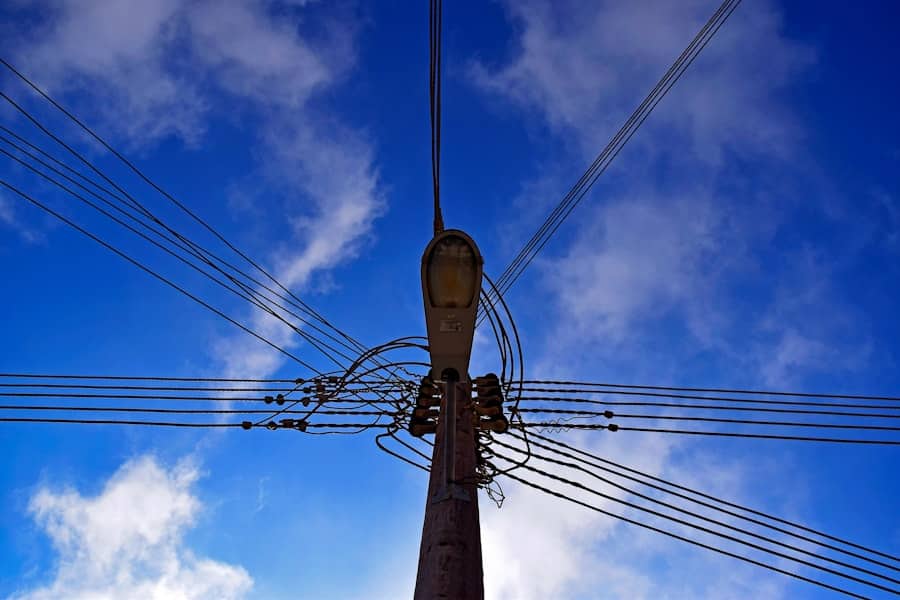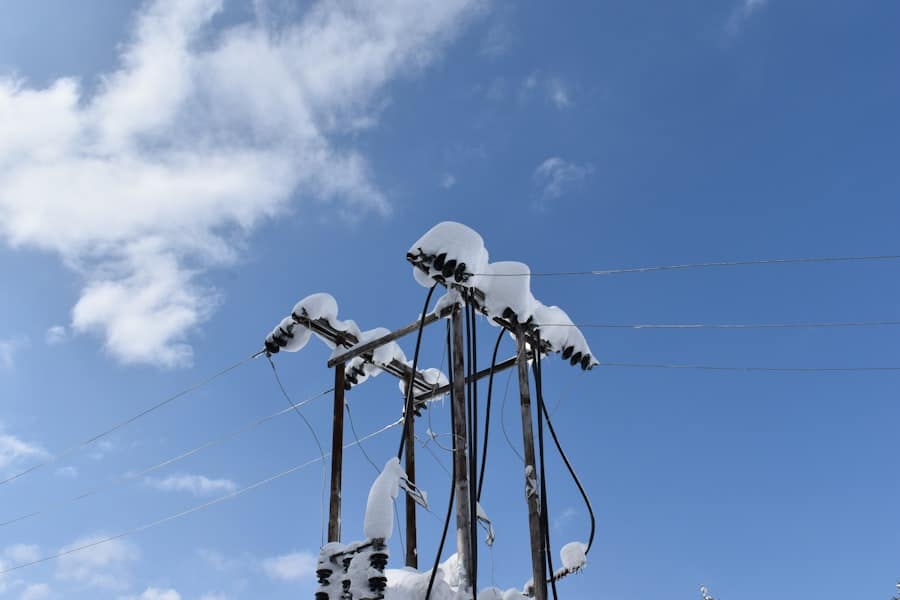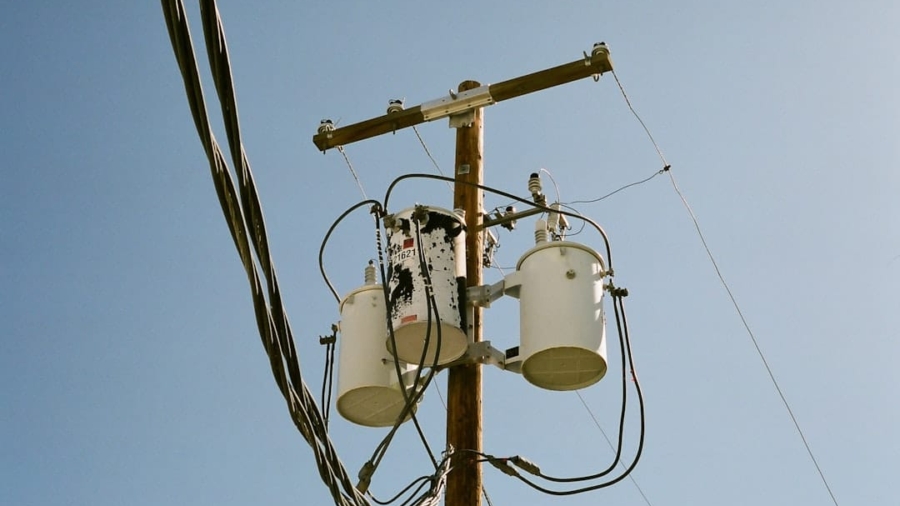Wireless energy transfer (WET) is an innovative technology that allows the transmission of electrical energy without the need for physical connectors or wires. This concept has gained significant traction in recent years, driven by the increasing demand for more efficient and convenient power solutions in various applications. The advent of wireless charging technologies, such as those used in smartphones and electric vehicles, has laid the groundwork for broader applications of WET.
As the Internet of Things (IoT) continues to proliferate, the need for reliable and efficient power sources for a multitude of connected devices has become paramount. The fundamental principle behind wireless energy transfer is the conversion of electrical energy into electromagnetic fields, which can then be transmitted over a distance and converted back into electrical energy. This process can occur through various methods, including inductive coupling, resonant inductive coupling, and microwave transmission.
Each method has its unique advantages and limitations, making them suitable for different applications. As we delve deeper into the significance of WET, particularly in the context of IoT devices, it becomes clear that this technology is not merely a convenience but a critical enabler of the next generation of connected systems.
Key Takeaways
- Wireless energy transfer enables powering IoT devices without physical connectors, enhancing convenience and mobility.
- It is crucial for IoT devices to maintain continuous operation, especially in hard-to-reach or remote locations.
- The technology works through methods like inductive coupling, resonant inductive coupling, and radio frequency energy transfer.
- Benefits include reduced maintenance and increased device lifespan, while challenges involve efficiency, range limitations, and safety concerns.
- Ongoing research aims to improve transfer efficiency and integration, promising broader IoT applications and smarter, more sustainable networks.
The Importance of Wireless Energy Transfer for IoT Devices
The proliferation of IoT devices has transformed how we interact with technology, creating a network of interconnected devices that communicate and share data seamlessly. However, one of the significant challenges facing this ecosystem is the need for reliable power sources. Many IoT devices are deployed in remote or hard-to-reach locations where traditional power sources are impractical or impossible to implement.
Wireless energy transfer offers a solution to this problem by providing a means to power these devices without the constraints of physical wiring. Moreover, the ability to charge or power devices wirelessly enhances user convenience and encourages the adoption of IoT technologies. For instance, consider smart home devices such as sensors, cameras, and smart locks that require constant power to function effectively.
Wireless energy transfer can eliminate the hassle of changing batteries or dealing with tangled cords, allowing users to focus on the benefits these devices provide rather than their maintenance. This convenience is particularly crucial in environments where devices are frequently moved or repositioned, such as in smart offices or industrial settings.
How Wireless Energy Transfer Works

Wireless energy transfer operates on several principles, with the most common methods being inductive coupling and resonant inductive coupling. Inductive coupling involves two coils: a transmitter coil and a receiver coil. When an alternating current flows through the transmitter coil, it generates a magnetic field that induces an electric current in the receiver coil when they are in proximity.
This method is widely used in applications like wireless charging pads for smartphones and electric toothbrushes. Resonant inductive coupling takes this concept further by tuning both coils to resonate at the same frequency. This resonance allows for more efficient energy transfer over greater distances compared to standard inductive coupling.
By adjusting the frequency and optimizing the design of the coils, engineers can enhance the efficiency of energy transfer, making it suitable for powering multiple devices simultaneously or charging larger batteries. Additionally, microwave energy transfer is another method that utilizes high-frequency electromagnetic waves to transmit energy over longer distances, although it is less common in consumer applications due to safety concerns and regulatory challenges.
Advantages and Challenges of Wireless Energy Transfer for IoT Devices
The advantages of wireless energy transfer for IoT devices are manifold. One of the most significant benefits is the elimination of physical connectors, which reduces wear and tear on devices and enhances their longevity. This aspect is particularly important for IoT devices that are deployed in challenging environments where durability is essential.
Furthermore, WET can facilitate continuous operation without interruptions caused by battery depletion, thereby enhancing the reliability of IoT systems. However, there are also challenges associated with implementing wireless energy transfer in IoT applications. One major concern is efficiency; while WET can be convenient, it often suffers from lower efficiency compared to wired connections.
Additionally, safety concerns arise from exposure to electromagnetic fields, particularly in applications involving human interaction. Regulatory standards must be adhered to ensure that WET systems do not pose health risks to users or interfere with other electronic devices.
Applications of Wireless Energy Transfer in IoT
Wireless energy transfer has found numerous applications within the realm of IoT, significantly enhancing functionality and user experience across various sectors. In smart homes, for instance, WET can be employed to power a range of devices such as smart speakers, security cameras, and environmental sensors without the need for cumbersome wiring or frequent battery replacements. This capability not only simplifies installation but also promotes a cleaner aesthetic by reducing visible cables.
In industrial settings, WET can be utilized to power sensors and equipment in hard-to-reach locations or hazardous environments where traditional power sources may pose risks. For example, sensors monitoring equipment health on factory floors can be powered wirelessly, allowing for real-time data collection without interruptions caused by battery changes or maintenance downtime. Similarly, in healthcare settings, wearable devices that monitor patient vitals can benefit from wireless charging solutions that ensure continuous operation without compromising patient comfort or mobility.
Current Research and Developments in Wireless Energy Transfer for IoT Devices

Research into wireless energy transfer technologies is rapidly evolving, with numerous academic institutions and companies exploring innovative solutions to enhance efficiency and applicability in IoT contexts. One area of focus is improving the efficiency of resonant inductive coupling systems to enable longer-range energy transfer while minimizing losses. Researchers are experimenting with advanced materials and designs that optimize coil configurations and enhance magnetic coupling.
Another promising avenue involves integrating energy harvesting techniques with wireless energy transfer systems. For instance, combining solar panels with WET could create self-sustaining IoT devices that draw power from ambient light while also being capable of receiving additional energy wirelessly when needed. This hybrid approach could significantly extend the operational lifespan of IoT devices deployed in remote locations where traditional power sources are unavailable.
Future Implications of Wireless Energy Transfer for IoT Devices
The future implications of wireless energy transfer for IoT devices are profound and far-reaching. As WET technologies continue to mature, we can expect a significant shift in how we design and deploy connected systems across various industries. The ability to power devices wirelessly will likely lead to an explosion of new applications and use cases that were previously constrained by power limitations.
Moreover, as smart cities evolve, wireless energy transfer could play a pivotal role in powering urban infrastructure such as streetlights, traffic sensors, and public transportation systems. By enabling these systems to operate autonomously without reliance on traditional power sources, cities can enhance efficiency while reducing their carbon footprint. Additionally, advancements in WET could facilitate the development of more sophisticated autonomous vehicles that require constant power for their myriad sensors and communication systems.
Conclusion and Recommendations for Implementing Wireless Energy Transfer for IoT Devices
As organizations consider implementing wireless energy transfer solutions for their IoT devices, several recommendations should be taken into account to maximize effectiveness and efficiency. First and foremost, it is essential to conduct thorough assessments of specific use cases to determine which WET technology aligns best with operational needs. Factors such as distance requirements, device mobility, and environmental conditions should guide these decisions.
Furthermore, investing in research and development can yield significant long-term benefits as organizations seek to stay ahead in an increasingly competitive landscape.
Finally, organizations should remain vigilant about regulatory compliance and safety standards associated with wireless energy transfer technologies to ensure user safety while promoting widespread adoption.
In summary, wireless energy transfer represents a transformative technology poised to revolutionize how we power IoT devices across various sectors. By embracing this innovation and addressing its challenges head-on, organizations can unlock new possibilities for efficiency, convenience, and sustainability in an increasingly connected world.
In the quest to enhance the functionality of IoT devices, the concept of wireless energy transfer is gaining traction. A related article that delves into the innovative features of modern technology is titled “Unlock Your Potential with the Samsung Galaxy Book2 Pro.” This article explores how advancements in portable computing can complement the development of IoT solutions, making it a valuable read for those interested in the intersection of technology and energy efficiency. You can check it out here: Unlock Your Potential with the Samsung Galaxy Book2 Pro.
FAQs
What is wireless energy transfer?
Wireless energy transfer is the process of transmitting electrical energy from a power source to an electrical load without the use of physical connectors or wires. This is typically achieved through electromagnetic fields, such as inductive coupling, resonant inductive coupling, or radio frequency (RF) waves.
How does wireless energy transfer benefit IoT devices?
Wireless energy transfer allows IoT devices to be powered or recharged without direct physical connections, enabling greater flexibility in device placement, reducing maintenance needs, and enhancing device longevity by eliminating battery replacements.
What are the common methods of wireless energy transfer used for IoT devices?
Common methods include inductive coupling, resonant inductive coupling, radio frequency (RF) energy harvesting, and microwave power transfer. Each method varies in range, efficiency, and power capacity.
Is wireless energy transfer safe for IoT devices and users?
Yes, when designed and implemented according to regulatory standards, wireless energy transfer systems are safe. They operate within established electromagnetic exposure limits to ensure user safety and device integrity.
What are the limitations of wireless energy transfer for IoT devices?
Limitations include limited transmission range, lower efficiency compared to wired charging, potential interference with other devices, and the need for precise alignment in some methods like inductive charging.
Can wireless energy transfer fully replace batteries in IoT devices?
While wireless energy transfer can reduce reliance on batteries by enabling continuous or periodic charging, it may not fully replace batteries in all IoT applications, especially those requiring high power or operating in environments without access to wireless power sources.
What industries benefit most from wireless energy transfer in IoT?
Industries such as healthcare, smart homes, industrial automation, agriculture, and logistics benefit significantly by enabling maintenance-free, remotely powered IoT sensors and devices.
How is the efficiency of wireless energy transfer measured?
Efficiency is measured by the ratio of power received by the IoT device to the power transmitted by the source, often expressed as a percentage. Factors affecting efficiency include distance, alignment, frequency, and environmental conditions.
Are there standards governing wireless energy transfer for IoT devices?
Yes, organizations like the Wireless Power Consortium (WPC) and the AirFuel Alliance develop standards to ensure interoperability, safety, and performance of wireless power systems used in IoT and other applications.
What future developments are expected in wireless energy transfer for IoT?
Future developments include improved transmission efficiency, longer range capabilities, integration with energy harvesting technologies, miniaturization of components, and enhanced compatibility with diverse IoT devices.

